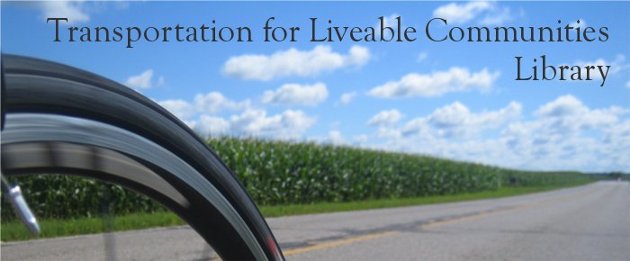Though suburban cul-de-sacs have long been attractive as quiet, safe places for families, their disadvantages are becoming clear. One of the biggest problems is interference with motor- and foot-traffic flow. Research by Lawrence Frank, Bombardier Chair in Sustainable Transportation at the University of British Columbia, looks at neighborhoods in King County, Washington: Residents in areas with the most interconnected streets travel 26% fewer vehicle miles than those in areas with many cul-de-sacs. Recent studies by Frank and others show that as a neighborhood’s overall walkability increases, so does the amount of walking and biking—while, per capita, air pollution and body mass index decrease.
Last year, the Virginia legislature took action against the municipal costs of cul-de-sacs and passed a law limiting them in future developments; the new policy was highlighted in the
About the Maps
These images compare a one-kilometer walk in the Seattle suburb of Woodinville with one in Seattle’s Ballard neighborhood. The former is limited by a disconnected street network and few destinations within walking distance, while the latter offers easy access to parks and shops.

Click here for a larger image of the graphic.
http://hbr.org/2010/05/back-to-the-city/sb1
